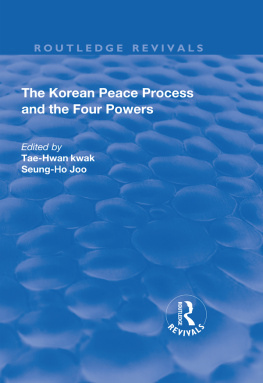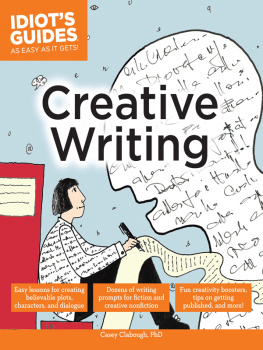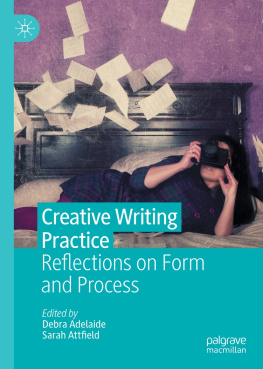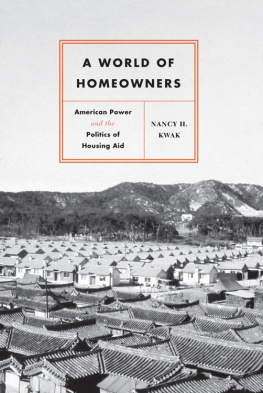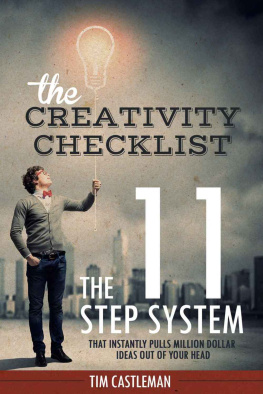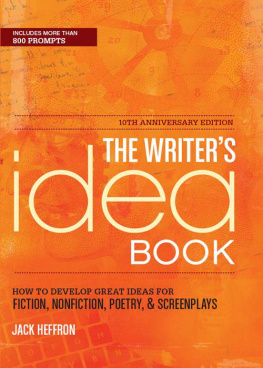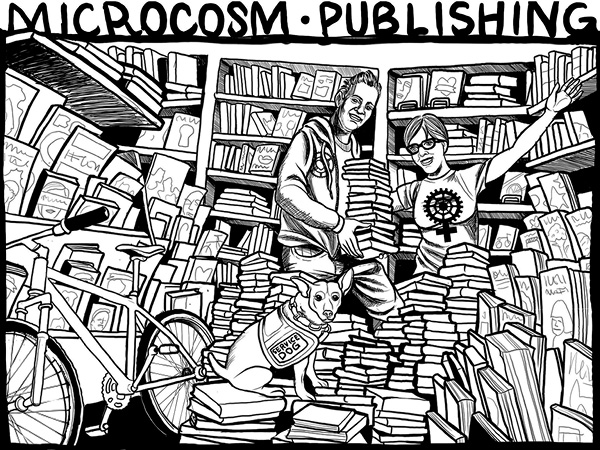2752 N Williams Ave.
Did you know that you can buy our books directly from us at sliding scale rates? Support a small, independent publisher and pay less than Amazons price at Microcosm.Pub
Global labor conditions are bad, and our roots in industrial Cleveland in the 70s and 80s made us appreciate the need to treat workers right. Therefore, our books are MADE IN THE USA.
Microcosm Publishing is Portlands most diversified publishing house and distributor with a focus on the colorful, authentic, and empowering. Our books and zines have put your power in your hands since 1996, equipping readers to make positive changes in their lives and in the world around them. Microcosm emphasizes skill-building, showing hidden histories, and fostering creativity through challenging conventional publishing wisdom with books and bookettes about DIY skills, food, bicycling, gender, self-care, and social justice. What was once a distro and record label was started by Joe Biel in his bedroom and has become among the oldest independent publishing houses in Portland, OR. We are a politically moderate, centrist publisher in a world that has inched to the right for the past 80 years.
Foreword
Introduction: Learning to Love the Process
Who Is This Book For?
About This Book
Take Action
PART ONE: PLANNING
Planning Is Writing
A Couple of Notes
Take Action
Coming up with Ideas
Get Inspired
Get Bored
Get Distracted
Scratch Out Small Ideas
Start Brainstorming
List What Thrills You
Keeping Track of Your Ideas
Take Action
Developing Your Idea
Step 1: Find the Spark and Improvise on It
Step 2: Define the Core and Feel Out the Edges
Step 3: Write Out Your Idea Succinctly
Take Action
Understanding Your Audience
Defining Your Audience
Take Action
Researching Your Book
Nonfiction
Fiction
Knowing When to Stop Research
Take Action
Outlining
Outlining nonfiction
Take Action
Outlining Fiction
Pantsing
Plotting
Story Structure
Take Action
Understanding the Size of Your Idea
PART TWO: DRAFTING
Working the Word Mines
Create the Brain Space
Mine Those First-Draft Words
Commit to Making Time
Where Should You Start Writing?
Take Action
Silencing Your Critical Voice
Remember That No One Writes Amazing First Drafts
Visualizeand NeutralizeYour Critical Voice
Get a Change of Scenery
Practice Low-Stakes Writing
Just Get Going
Keeping Your Critical Voice from Silencing You
Take Action
Getting Unstuck
Figure Out Why Youre Stuck
Leave Yourself a Crumb Trail
Refill the Creative Well
Reconnect with Your Why
Take Action
Finishing the Draft
Take Action
PART THREE: REVISING
Four Steps to Revision
Rediscovering the Core Idea
Take Action
Fixing the Major Problems
Read Through Your Draft and Catalog Problems
Start Big and Go Small
Take Action
Fixing Section-Level Problems
Fiction
Nonfiction
Take Action
Polishing Your Prose
Take Action
Working with Early Readers
Critique Partners
Beta Readers
Alpha Readers
Tips for Working with Early Readers
Take Action
Working with an Editor
A Field Guide to Editors
Drafting Stage
Polishing Stage
Hiring the Right Editor
Working with Editors
The Editorial Letter
Line Edits and Copy Edits
PART FOUR: WHATS NEXT?
Put It Out There
Traditional Route
Self-Publishing Route
Which Should You Choose?
Find Community
And Finally...
RESOURCES
Books on Writing
Mindset
Planning
Story Structure
Doing the Work
Revision
Writing Podcasts
T he book youre now reading is the book I wish I wouldve had when I started my public writing career almost fifteen years ago. Jessie does a masterful job of demystifying all parts of the book publishing process, and I suspect itll be a guide that we readers will be turning to time and time again.
And, while Im letting you know what youre getting into, Ill also set you up to not be as surprised by Jessie as I was when I met her a few years ago. We first met because a client asked her to interview me for the upcoming launch of my book, Start Finishing . Id worked with ghostwriters before, so I expected that thered be a healthy amount of corrections and edits to make to the write-up of the interview. I slotted the requisite amount of time to address the anticipated corrections and edits only to find that there were a handful of small edits that were mostly idiosyncratic preferences. I had to reread the piece several times because, surely, Id missed something.
The only thing I missed was how excellent Jessie is at what she does. I later contacted her to help me get some articles done when I was in the crunch of the launch, and each article had the same level of quality. I started referring her to clients and they had the same delightful surprise, even though I told them to be prepared for her to nail their voice and content.
I later discovered that she was a prolific nonfiction and fiction author, as well. Shes that rare breed of writer who can nail writing for others, writing nonfiction, and writing fiction. Ive long wondered how she pulls it off; the contents of this book reveal the structures and practices that channel her magic.
Since Jessie so ably addresses the structures and practices that will help you go from idea to book, I want to touch on the magical side of writing books. My dear friend and author of multiple best sellers, Susan Piver, once shared a quote she got from Julia Cameron: The first rule of magic is containment.
Maybe you find the magic in wonder. Perhaps its the spark of service to help someone. Perhaps its a character or set of characters who take on a life of their own and surprise you as youre writing. Perhaps its that feeling of finally being able to articulate the simple insight thats been vexing you for years.
Ive seen too many of my friends, clients, and colleagues get stuck with their book because theyve lost the magic. A consistent cadence of writing, talking with friends, and getting readersall things Jessie covershelp you to stay in touch with the fire and magic of creativity. Thats the containment part of Camerons quote.


